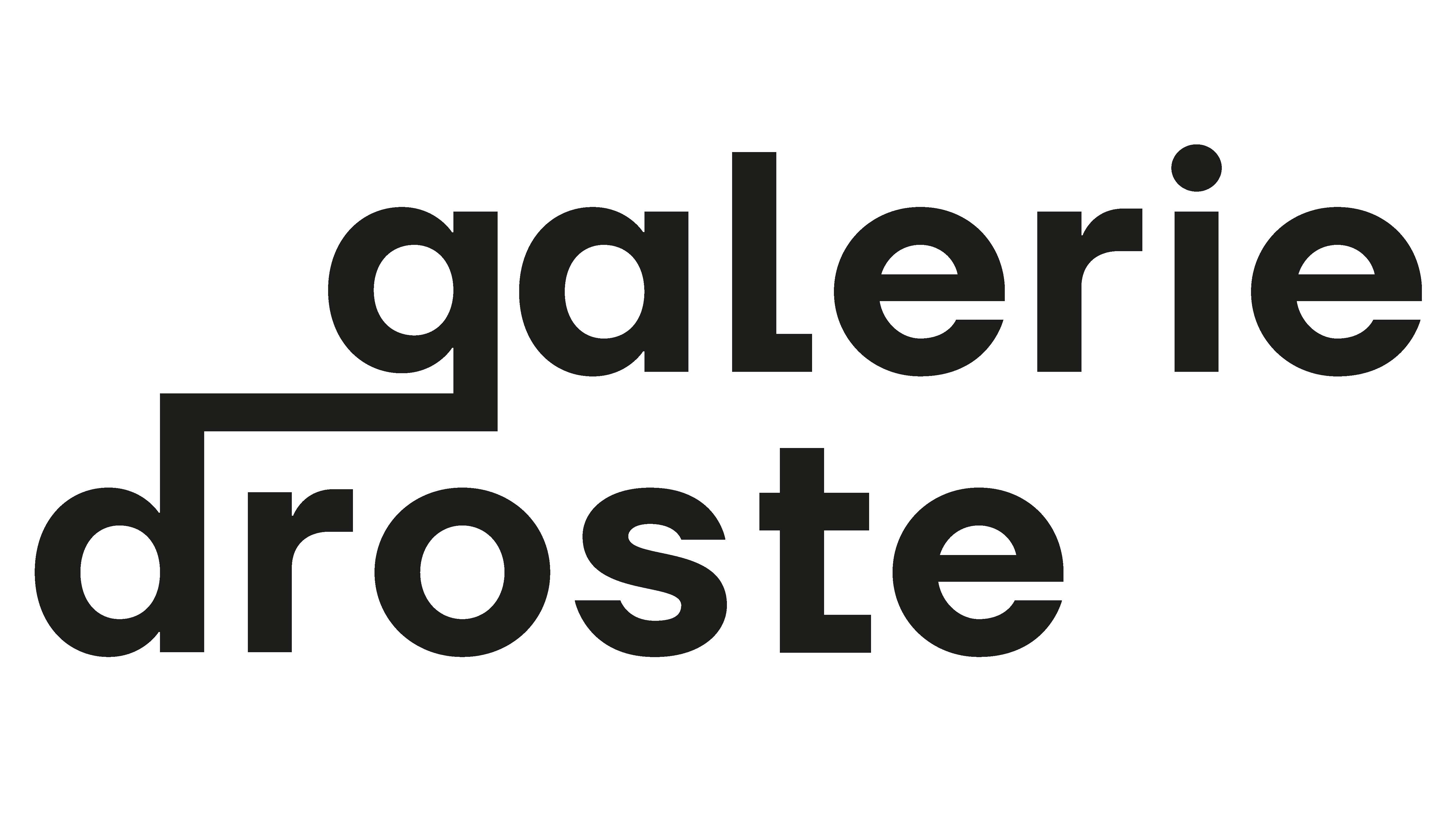GALERIE DROSTE
18 RUE DUSSOUBS
75002 PARIS
The central starting point of the oeuvre of Willehad Eilers (*1981), also known under the artist name Wayne Horse, is the critical but not humorless observation of the ambivalence of prosperity in the Western world - the "wallowing of pigs in paradise," according to Eilers. Excess, loss of control, shift in reality, immoderation - the depictions in the large-format oil paintings are reminiscent of the extravagant, overloaded celebrations in the golden twenties, but on closer inspection they can be located precisely in the here and now.
The title La Blague, in English the joke, stands for the complexity of today's affluent society, which in Eilers' case does not only refer to people who indulge in luxury. In times when most of the western world's population does not know any existential problems, shifts in reality can be seen that are not only to be observed in social media. What remains when food and other essential goods are always available? When war is only known from the news and you never have to fear for your life? When money and infrastructure are always available? What remains is your own self-optimization and self-realization. However, the range of what is 'offered' as success, happiness or a fulfilled life is relatively small. Thus, not only a general alarming shift of self-related problems can be observed, but also a repetitive and unrealistic representation of life as a single high, as a single party. Eiler's works take up this ludicrous multi-dimension and show deceptive snapshots of debauched banquets and situations that are reversed in their positivity, revealing surreal worlds that seem almost threatening to the outsider in their excessiveness.
In Eiler's first solo exhibition Happy Holidays Forever in the rooms of Galerie Droste in 2018, only works characterized by black, expressive lines were shown. Thus, the works could only be deciphered from a distance and revealed to the viewer almost orgies of similar sceneries in which people with distorted faces and bodies blended into one another. Two years later, the monochrome works filled with life, more precisely with color, and offer a utopian, yet at the same time more tangible legibility. However, in times of a real plague affecting all of our lives, it no longer seems as if we are included in this event, but rather as if the beings depicted in Eiler's works are sketching a world to which we no longer have access. A world that now functions solely as a radical mirror image. What is certain is that the viewer is allowed to approach the settings created by Eilers, with humor and irony, because the exaggeration is an elementary aspect of his works, in order to break the spell between viewer and work and to initiate a dialogue.


